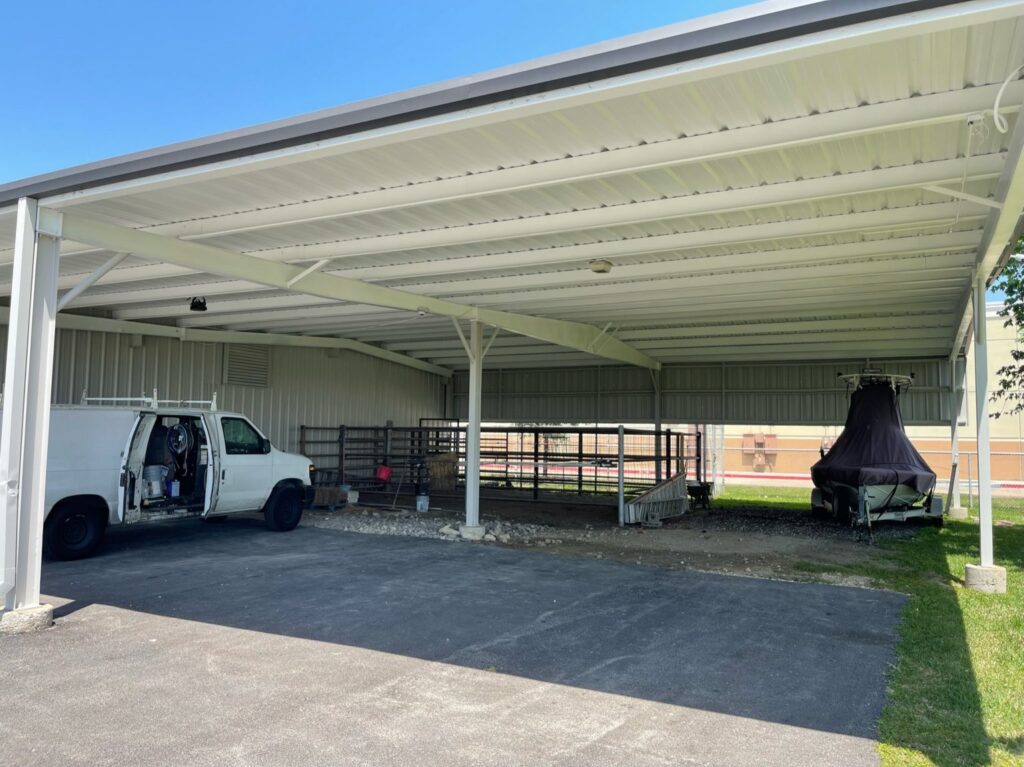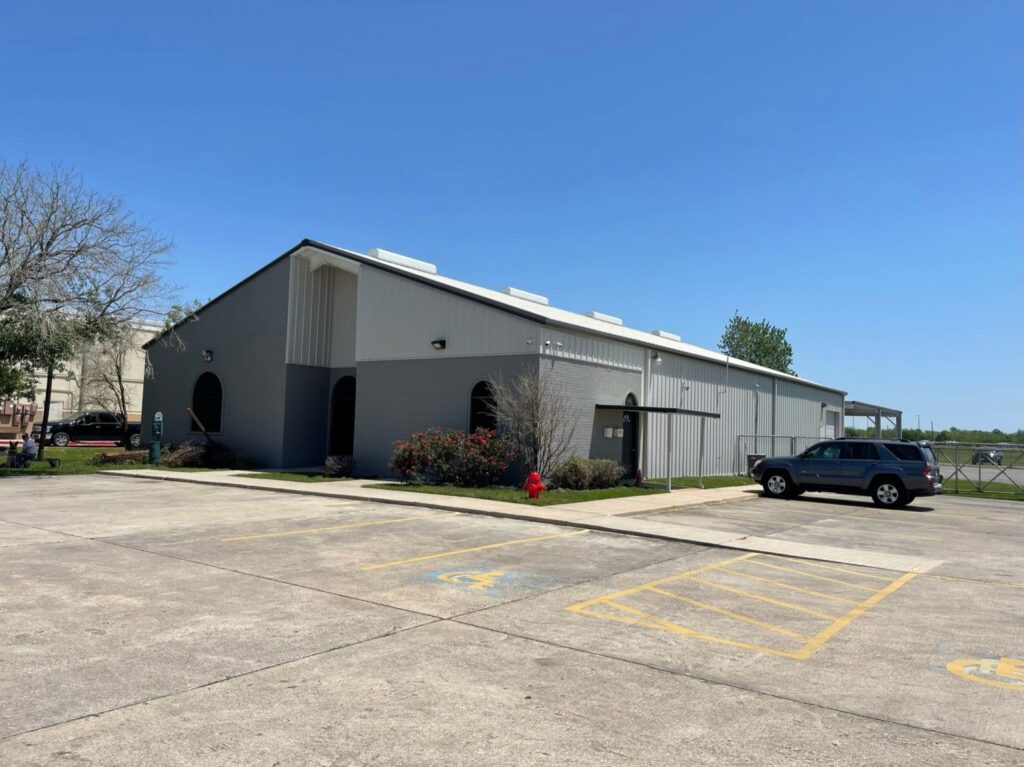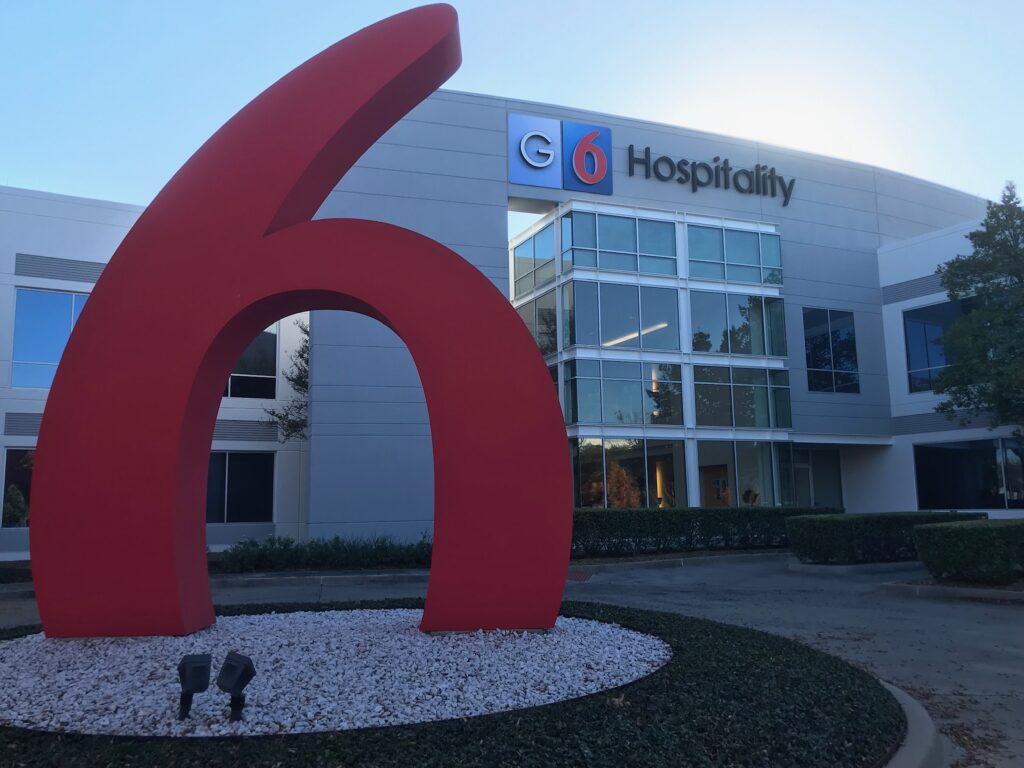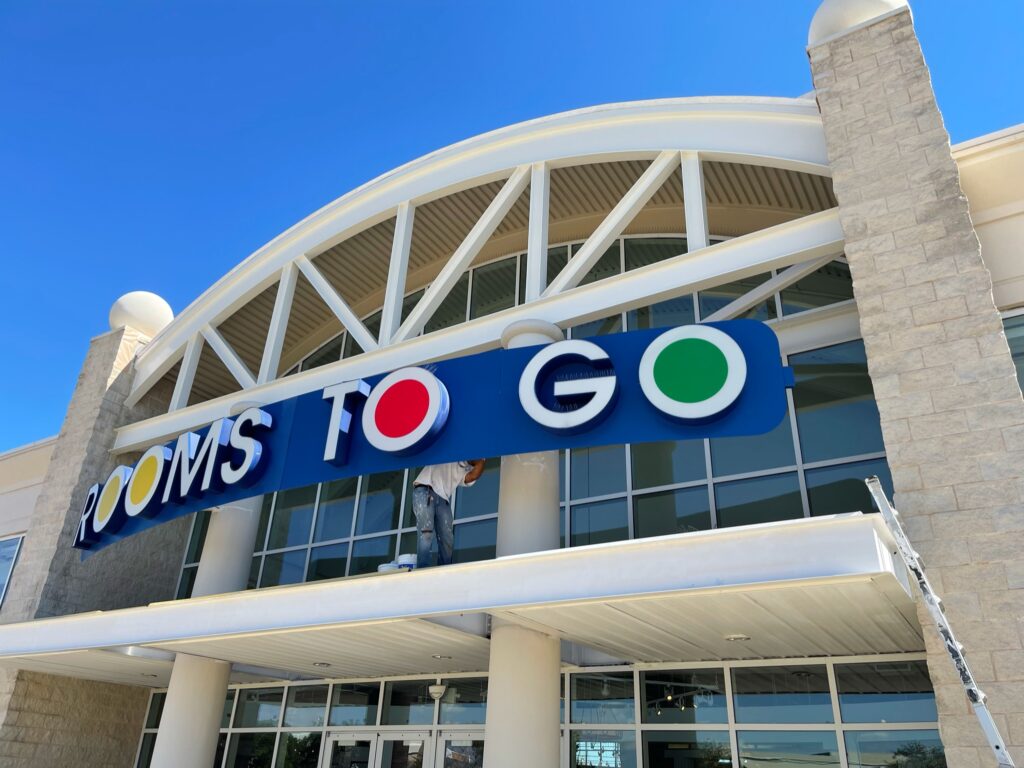High interest rates have put pressure on companies to find cost-effective solutions for preserving their assets. Businesses have been increasingly turning to maintenance commercial painting as a strategic approach to this. This shift reflects a growing awareness of the benefits of preventive maintenance over large-scale renovations.
As uncertainty looms, organizations are prioritizing targeted upkeep to protect their investments. By focusing on regular, scheduled painting, companies can extend the life of their facilities while managing costs.
Understanding Maintenance Painting
Defining Maintenance Painting
Maintenance painting is a proactive approach to property upkeep, involving regular, scheduled painting to prevent deterioration. The focus is on high-wear areas and exterior surfaces, offering a less disruptive alternative to full-scale repaints. The process includes thorough surface preparation and spot treatments, along with the utilization of high-quality and durable paint products.
Key Benefits for Businesses
By implementing maintenance commercial painting, businesses can extend the life of their building materials. This approach prevents costly repairs and replacements, while maintaining a professional appearance that aligns with brand image. Moreover, it improves employee and customer satisfaction by creating a well-maintained environment.
Unlike full renovations, maintenance commercial painting is less time-consuming and labor-intensive, requiring a smaller upfront investment. This approach allows for flexible scheduling, often during off-hours or weekends, minimizing disruption to business operations.
The Financial Case for Maintenance Painting
Long-Term Savings and ROI
The benefits of maintenance commercial painting extend far beyond immediate cost savings. Regular upkeep prevents expensive structural damage that can occur when surfaces are left unprotected. By addressing issues early, businesses can significantly reduce the frequency of major repaints, leading to lower overall maintenance costs over time. Moreover, this proactive approach increases property value and marketability, making it an attractive option for real estate investment trusts and building owners. Proper maintenance painting also improves energy efficiency through proper sealing, contributing to long-term cost reductions.
Minimizing Business Disruption
Maintenance commercial painting offers many operational benefits, chief among them being minimal disruption to daily business activities. Unlike full-scale renovations, these projects have shorter durations and can be executed in phases or sections. This approach allows businesses to maintain their regular operations with reduced impact.
Flexibility in scheduling is another key advantage. Professional painting crews can work during off-hours or weekends, accommodating the specific needs of each business. Additionally, maintenance painting requires less preparation and cleanup time, further reducing the overall project timeline and potential interference with business production.
Implementing a Maintenance Commercial Painting Strategy
Developing a Comprehensive Plan
To effectively implement a maintenance commercial painting strategy, businesses must start with a thorough facility assessment. This evaluation helps identify high-priority areas and surfaces that require immediate attention. Based on this assessment, a multi-year commercial painting schedule that outlines when specific areas will be addressed can be created. Establishing budget allocations for ongoing maintenance is important for ensuring consistent upkeep.
Looking Ahead: The Future of Facility Maintenance
The landscape of facility maintenance is rapidly evolving, with a clear trend towards proactive strategies. Predictive maintenance technologies are gaining traction, allowing businesses to anticipate and address issues before they escalate. Smart building systems are increasingly integrating commercial painting maintenance for timely interventions.
There’s also a growing emphasis on indoor environmental quality, recognizing its impact on occupant health and productivity. As sustainability continues to be a priority, commercial painting practices are evolving to meet eco-friendly standards and contribute to overall building quality.




